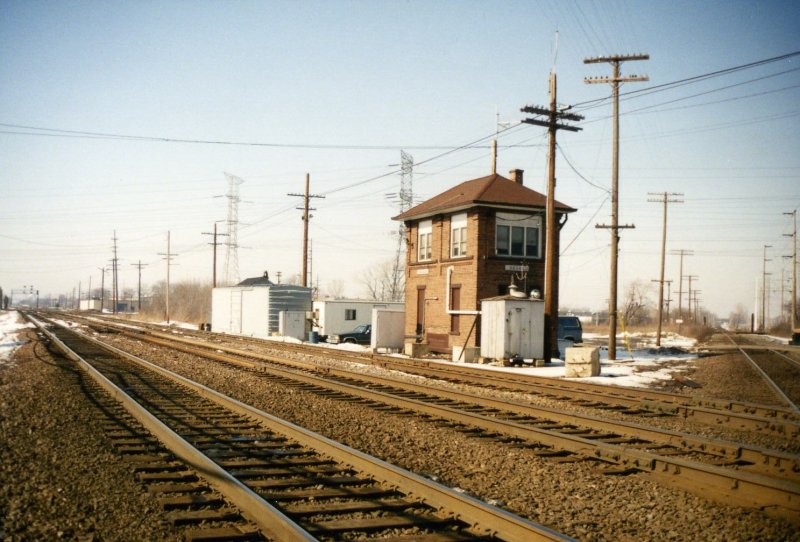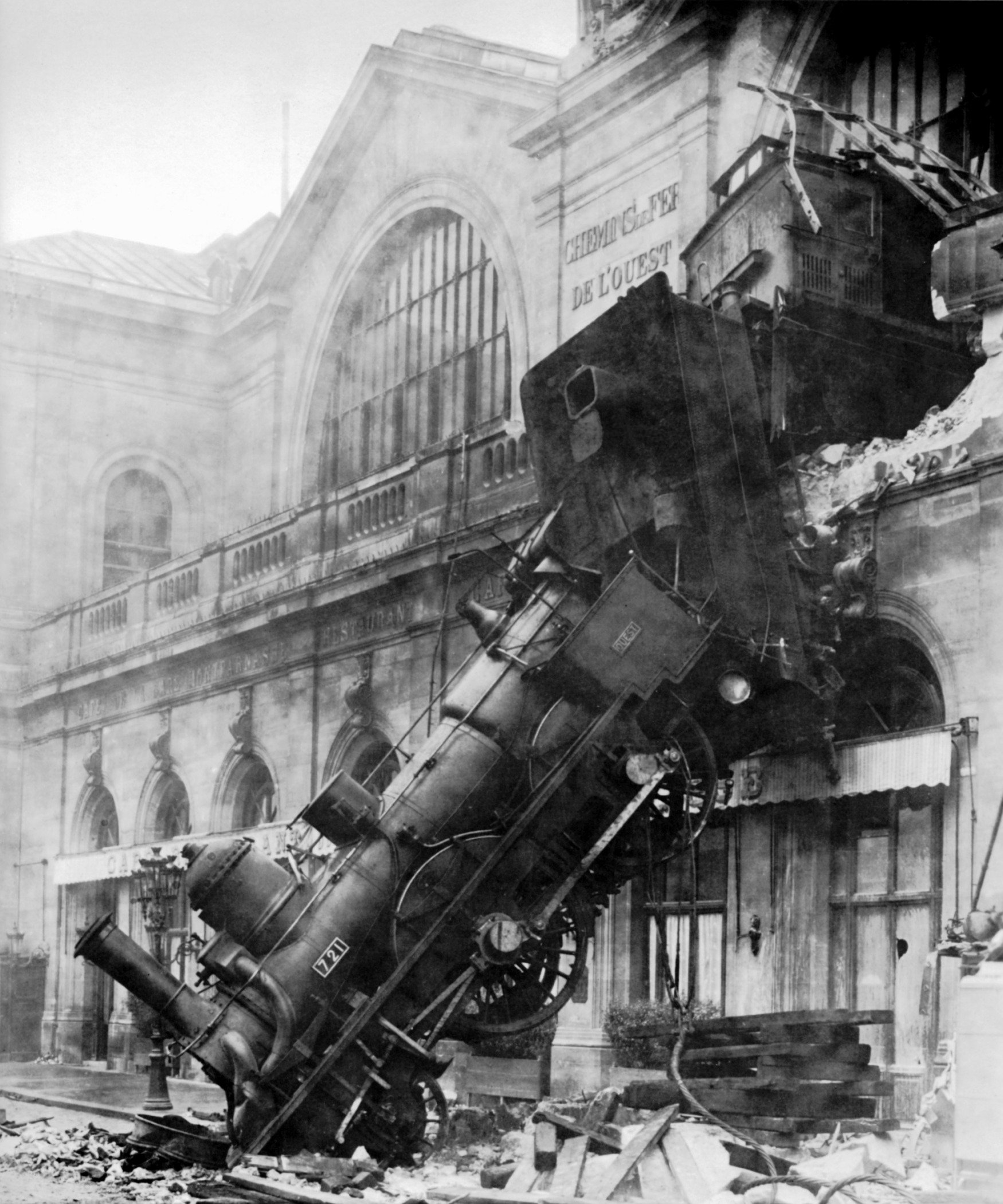|
Shigaraki Train Disaster
The was a railway accident that occurred in Shigaraki, Shiga, Shigaraki (now Koka, Shiga, Koka), Shiga Prefecture, Japan on May 14, 1991. A Shigaraki Kōgen Railway (SKR) train and a West Japan Railway Company (JR West) train head-on collision, collided head-on, killing 42 people and injuring 614 others. Until the Amagasaki derailment in 2005, this was the deadliest railway disaster in Japan since the Tsurumi rail accident, Yokohama rail crash of 1963, which killed 161 people. Accident The accident happened at 10:35 (1:35 UTC) local time on May 14, 1991, on the SKR Shigaraki Line between Onotani Signal Station and Shigarakigūshi Station, Shigarakigūshi. A special JR West rapid service train (501D) from Kyoto Station, Kyoto bound for Shigaraki Station, Shigaraki had entered the Shigaraki Line at Kibukawa Station from the Kusatsu Line, transporting 716 passengers to the World Ceramic Festival that was being held in Shigaraki, Shiga, Shigaraki at the time. Going in the opposite ... [...More Info...] [...Related Items...] OR: [Wikipedia] [Google] [Baidu] |
Interlocking
In railway signalling, an interlocking is an arrangement of signal apparatus that prevents conflicting movements through an arrangement of tracks such as junctions or crossings. In North America, a set of signalling appliances and tracks interlocked together are sometimes collectively referred to as an ''interlocking plant'' or just as an ''interlocking''. An interlocking system is designed so that it is impossible to display a signal to proceed unless the route to be used is proven safe. Interlocking is a safety measure designed to prevent signals and points/switches from being changed in an improper sequence. For example, interlocking would prevent a signal from being changed to indicate a diverging route, unless the corresponding points/switches had been changed first. In North America, the official railroad definition of interlocking is: "''An arrangement of signals and signal appliances so interconnected that their movements must succeed each other in proper sequence''". ... [...More Info...] [...Related Items...] OR: [Wikipedia] [Google] [Baidu] |
Railway Accidents Involving A Signal Passed At Danger
Rail transport (also known as train transport) is a means of transport using wheeled vehicles running in tracks, which usually consist of two parallel steel rails. Rail transport is one of the two primary means of land transport, next to road transport. It is used for about 8% of passenger and freight transport globally, thanks to its energy efficiency and potentially high speed.Rolling stock on rails generally encounters lower frictional resistance than rubber-tyred road vehicles, allowing rail cars to be coupled into longer trains. Power is usually provided by diesel or electric locomotives. While railway transport is capital-intensive and less flexible than road transport, it can carry heavy loads of passengers and cargo with greater energy efficiency and safety. Precursors of railways driven by human or animal power have existed since antiquity, but modern rail transport began with the invention of the steam locomotive in the United Kingdom at the beginning of the 19th ... [...More Info...] [...Related Items...] OR: [Wikipedia] [Google] [Baidu] |
Rail Transport In Shiga Prefecture
Rail or rails may refer to: Rail transport *Rail transport and related matters *Railway track or railway lines, the running surface of a railway Arts and media Film *Rails (film), ''Rails'' (film), a 1929 Italian film by Mario Camerini *Rail (1967 film), ''Rail'' (1967 film), a film by Geoffrey Jones for British Transport Films *Rail (2024 film), ''Rail'' (2024 film), a Tamil-language film Magazines *Rail (magazine), ''Rail'' (magazine), a British rail transport periodical *Rails (magazine), ''Rails'' (magazine), a former New Zealand based rail transport periodical Other arts *The Rails, a British folk-rock band *Rail (theater) or batten, a pipe from which lighting, scenery, or curtains are hung Technology *Rails framework or Ruby on Rails, a web application framework *Rail system (firearms), a mounting system for firearm attachments *Front engine dragster *Runway alignment indicator lights, a configuration of an approach lighting system *Rule Augmented Interconnect Layout, a ... [...More Info...] [...Related Items...] OR: [Wikipedia] [Google] [Baidu] |
1991 In Japan
Events in the year 1991 in Japan. It corresponds to Heisei 3 (平成3年) in the Japanese calendar. Incumbents * Emperor: Akihito * Prime Minister: Toshiki Kaifu ( L–Aichi) until November 5, Kiichi Miyazawa * Chief Cabinet Secretary: Misoji Sakamoto (L–Ishikawa) until November 5, Kōichi Katō (L–Yamagata) * Chief Justice of the Supreme Court: Ryōhachi Kusaba * President of the House of Representatives: Yoshio Sakurauchi (L–Shimane) * President of the House of Councillors: Yoshihiko Tsuchiya (L–Saitama) until October 4, Yūji Osada (L–proportional) * Diet sessions: 120th (regular session opened in December 1990, to May 8), 121st (extraordinary, August 5 to October 4), 122nd (extraordinary, November 5 to December 21) Governors *Aichi Prefecture: Reiji Suzuki *Akita Prefecture: Kikuji Sasaki *Aomori Prefecture: Masaya Kitamura *Chiba Prefecture: Takeshi Numata *Ehime Prefecture: Sadayuki Iga *Fukui Prefecture: Yukio Kurita *Fukuoka Prefecture: Hachiji O ... [...More Info...] [...Related Items...] OR: [Wikipedia] [Google] [Baidu] |
Railway Accidents In 1991
Rail transport (also known as train transport) is a means of transport using wheeled vehicles running in tracks, which usually consist of two parallel steel rails. Rail transport is one of the two primary means of land transport, next to road transport. It is used for about 8% of passenger and freight transport globally, thanks to its energy efficiency and potentially high speed.Rolling stock on rails generally encounters lower frictional resistance than rubber-tyred road vehicles, allowing rail cars to be coupled into longer trains. Power is usually provided by diesel or electric locomotives. While railway transport is capital-intensive and less flexible than road transport, it can carry heavy loads of passengers and cargo with greater energy efficiency and safety. Precursors of railways driven by human or animal power have existed since antiquity, but modern rail transport began with the invention of the steam locomotive in the United Kingdom at the beginning of the 19th c ... [...More Info...] [...Related Items...] OR: [Wikipedia] [Google] [Baidu] |
Train Collisions In Japan
A train (from Old French , from Latin">-4; we might wonder whether there's a point at which it's appropriate to talk of the beginnings of French, that is, when it wa ... , from Latin , "to pull, to draw") is a series of connected vehicles that run along a railway track and Passenger train, transport people or Rail freight transport, freight. Trains are typically pulled or pushed by locomotives (often known simply as "engines"), though some are self-propelled, such as multiple units or railcars. Passengers and cargo are carried in railroad cars, also known as wagons or carriages. Trains are designed to a certain gauge, or distance between rails. Most trains operate on steel tracks with steel wheels, the low friction of which makes them more efficient than other forms of transport. Many countries use rail transport. Trains have their roots in wagonways, which used railway tracks and were powered by horses or pulled by cables. Following the invention of the steam locomotive i ... [...More Info...] [...Related Items...] OR: [Wikipedia] [Google] [Baidu] |
Lists Of Rail Accidents
{{DEFAULTSORT:Rail accidents ...
A rail accident (or train wreck) is a type of disaster involving one or more trains. Train wrecks often occur as a result of miscommunication, as when a moving train meets another train on the same track, when the wheels of train come off the track or when a boiler explosion occurs. Train accidents have been widely covered in popular media and in folklore. Lists By year By type * By country * By death toll * Terrorist incidents See also * Derailment * Rail transport * Tram accident * Train-pedestrian fatalities A level crossing is an intersection where a railway line crosses a road, Trail, path, or (in rare situations) airport runway, at the same level, as opposed to the railway line or the road etc. crossing over or under using an Overpass#Railway, o ... [...More Info...] [...Related Items...] OR: [Wikipedia] [Google] [Baidu] |
Japan Railways Group
The Japan Railways Group, commonly known as the or simply JR, is a network of railway companies in Japan formed after the Corporate spin-off, division and privatization of the government-owned Japanese National Railways (JNR) on April 1, 1987. The group comprises six regional Passenger train, passenger railway companies, one Rail freight transport, freight railway company, and two non-service entities. The Japanese National Railway Settlement Corporation, JNR Settlement Corporation assumed much of the debt of the former JNR. The companies of the JR Group operates a significant portion of Japan’s rail services, including intercity routes, commuter lines, and the Shinkansen high-speed rail network. Hokkaido Railway Company, JR Hokkaido, Shikoku Railway Company, JR Shikoku, and Japan Freight Railway Company, JR Freight (JRF) are governed by the , also known as the JR Companies Act, and are overseen by the public Japan Railway Construction, Transport and Technology Agency, Japan ... [...More Info...] [...Related Items...] OR: [Wikipedia] [Google] [Baidu] |
Osaka
is a Cities designated by government ordinance of Japan, designated city in the Kansai region of Honshu in Japan. It is the capital of and most populous city in Osaka Prefecture, and the List of cities in Japan, third-most populous city in Japan, following the special wards of Tokyo and Yokohama. With a population of 2.7 million in the 2020 census, it is also the largest component of the Keihanshin, Keihanshin Metropolitan Area, which is the List of metropolitan areas in Japan, second-largest metropolitan area in Japan and the 10th-List of urban areas by population, largest urban area in the world with more than 19 million inhabitants. Ōsaka was traditionally considered Japan's economic hub. By the Kofun period (300–538) it had developed into an important regional port, and in the 7th and 8th centuries, it served briefly as the imperial capital. Osaka continued to flourish during the Edo period (1603–1867) and became known as a center of Japanese culture. Following the M ... [...More Info...] [...Related Items...] OR: [Wikipedia] [Google] [Baidu] |
Negligence
Negligence ( Lat. ''negligentia'') is a failure to exercise appropriate care expected to be exercised in similar circumstances. Within the scope of tort law, negligence pertains to harm caused by the violation of a duty of care through a negligent act or failure to act. The concept of negligence is linked to the obligation of individuals to exercise reasonable care in their actions and to consider foreseeable harm that their conduct might cause to other people or property. The elements of a negligence claim include the duty to act or refrain from action, breach of that duty, actual and proximate cause of harm, and damages. Someone who suffers loss caused by another's negligence may be able to sue for damages to compensate for their harm. Such loss may include physical injury, harm to property, psychiatric illness, or economic loss. Elements of negligence claims To successfully pursue a claim of negligence through a lawsuit, a plaintiff must establish the " elements" of neg ... [...More Info...] [...Related Items...] OR: [Wikipedia] [Google] [Baidu] |





